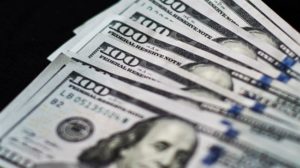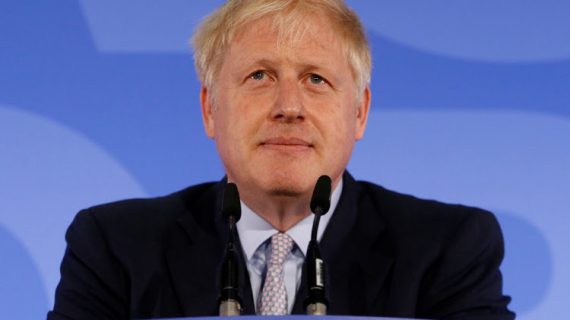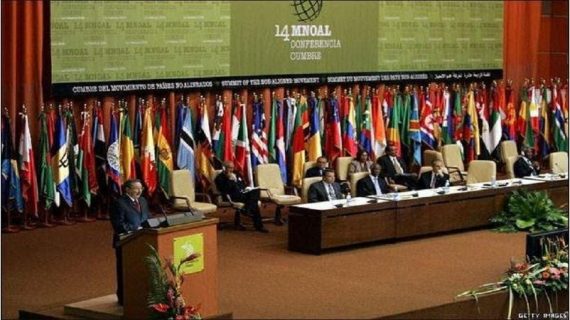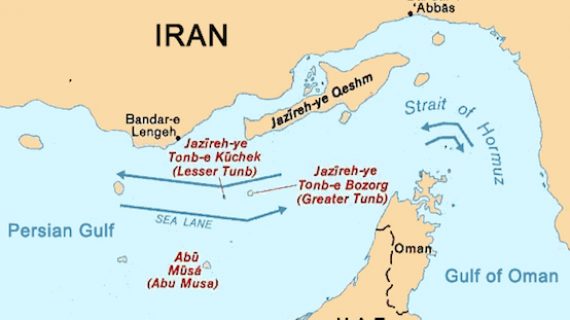Trade wars risk sparking mass currency devaluations
Rising global trade tensions are morphing into a conflict fought with currency devaluations that historically have proven even more important than tariffs in influencing economic growth and financial markets. If this trend continues, the ultimate impact will likely be negative for asset valuations, Bloomberg wrote.
Reported by HPMM Group according to IRAN DAILY ; This shift, which is aimed at gaining export competitiveness, is important for investors partly because it will increase volatility in foreign-exchange rates, making expected returns from global investments less predictable. These devaluations also could increase the US trade deficit rather than reduce it as desired by President Donald Trump. It’s now not out of the question for the US to undertake measures to weaken the dollar, leading to another round of currency depreciations.
The MSCI Emerging Markets Currency Index has dropped about six percent since the start of April, led by declines in the Argentine peso, the Brazil real and Turkish lira. Among developed markets, the currencies of New Zealand, the UK and the eurozone have dropped the most, weakening at least 4.90 percent. The Bloomberg Dollar Spot Index, meanwhile, has risen 4.44 percent.
The weaker Argentine peso, which is now at a record low, will enhance Argentina’s ability to compete with US exporting firms following the imposition of Chinese tariffs on agricultural imports from the US India’s rupee fell to its lowest level ever on June 28, making it the worst performing Asian currency in the first half of 2018. The rupee’s weakness, which stemmed in part from an expected increase in the merchandise trade deficit due to the higher price of imported oil, will boost the competitiveness of Indian manufactured goods in world markets.
Among developed country central banks, Bloomberg News reported June 29 that European Central Bank President Mario Draghi warned leaders of the European Union that the adverse impact on the global economy of trade tariffs had been understated. If Draghi truly believes that, then the ECB could delay boosting interest rates until at least mid-2019, further weakening the euro.
The Bank of Japan shows no sign that it’s ready to tighten monetary policy, suggesting the yen will likely continue to weaken after falling four percent against the dollar last quarter. Among other items, that could boost the country’s automobile exports to the US and widen the US trade deficit with Japan. Japan’s automakers already exported 10 percent more cars to the US in the first quarter of 2018 compared with a year earlier.
Given these developments, it’s probably not a surprise that Larry Kudlow, director of the White House National Economic Council, took the highly unusual move of urging the Federal Reserve go slow in increasing interest rates. Too sharp a tightening of monetary policy might cause the dollar to quickly appreciate further, threatening US exports and jobs.
Tit-for-tat currency devaluations have been tried before and have always ended badly for global markets. In September 1931, in the throes of the depression, the British pound sterling, the dominant global currency at the time, went off the gold standard, effectively devaluing it. By the end of the year, several more countries had followed because they could not cede trade advantage to British products.
Repetitive devaluations persisted into 1933 when Franklin D. Roosevelt, on becoming US President in March of that year, ordered all gold coins be turned in for other currencies — essentially a default on US sovereign obligations. The US went off the gold standard that June, completing the devaluation process. While the various central banks expected the resulting monetary expansion to boost global markets, the depression continued through the end of the decade as devaluations increased uncertainty for investors and volatility in financial markets.
In September 1985, the Plaza Accord forced Japan to let the yen appreciate so that the US could reduce its external payments deficit. Bank of Japan policy caused a speculative bubble in Japanese markets ending in the crash in the early 1990s. The Nikkei 225 index has yet to return to its high of 38,916 at the end of 1989.
Although short-term investors could benefit from a temporary boost to markets from devaluations — as investors in Japan did in the late 1980s — the long-term effect will be higher volatility and lower prices.







